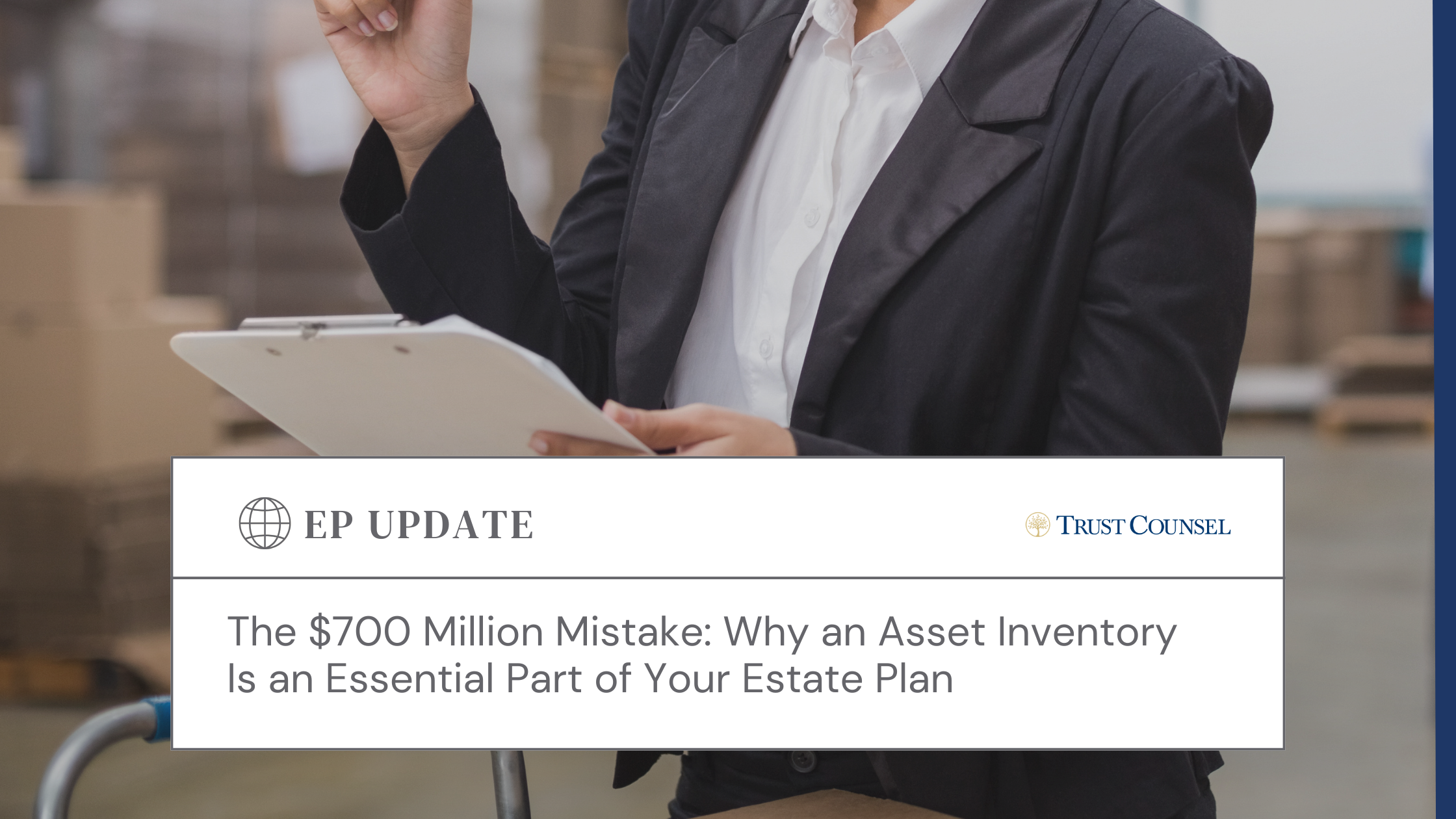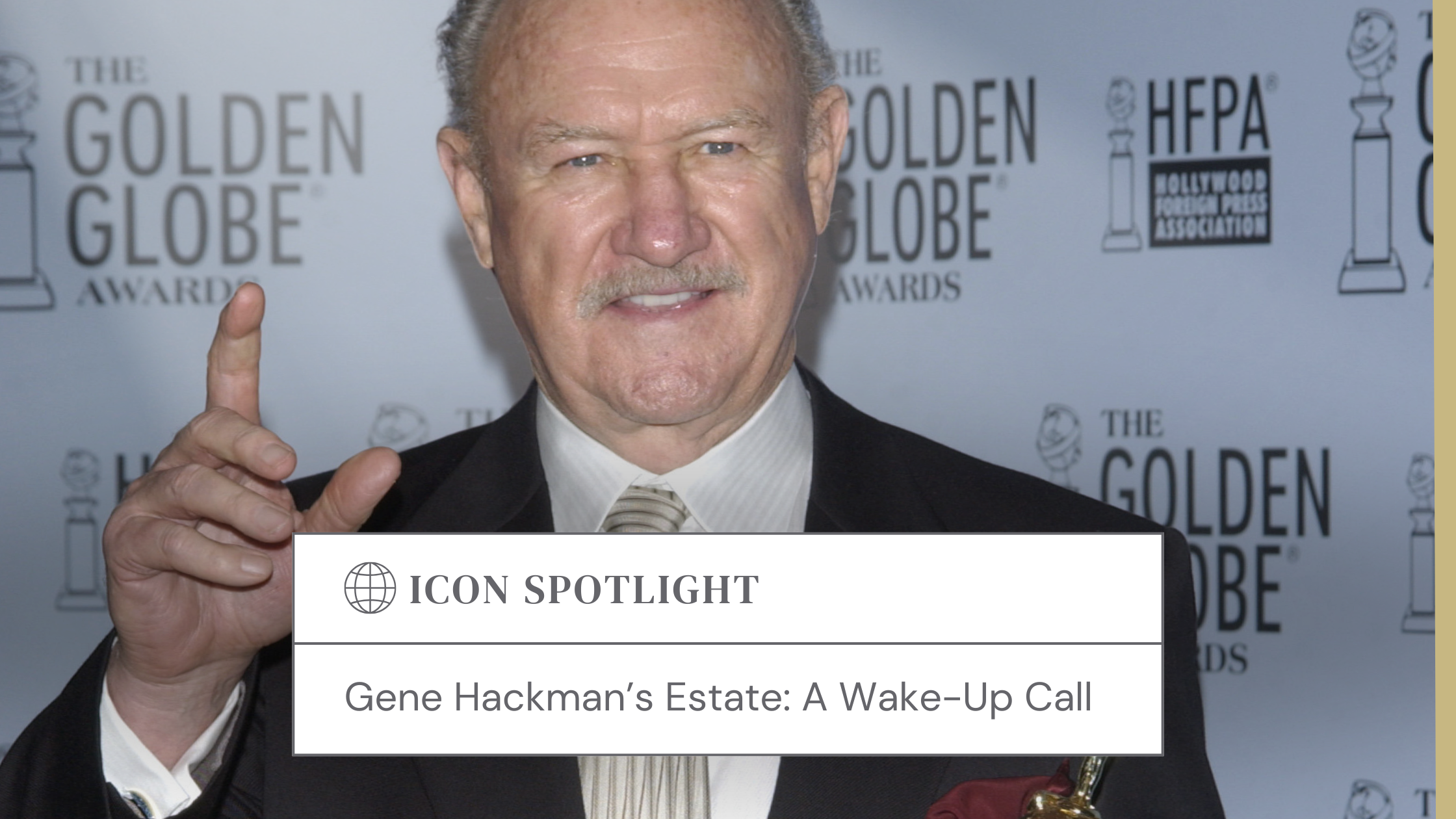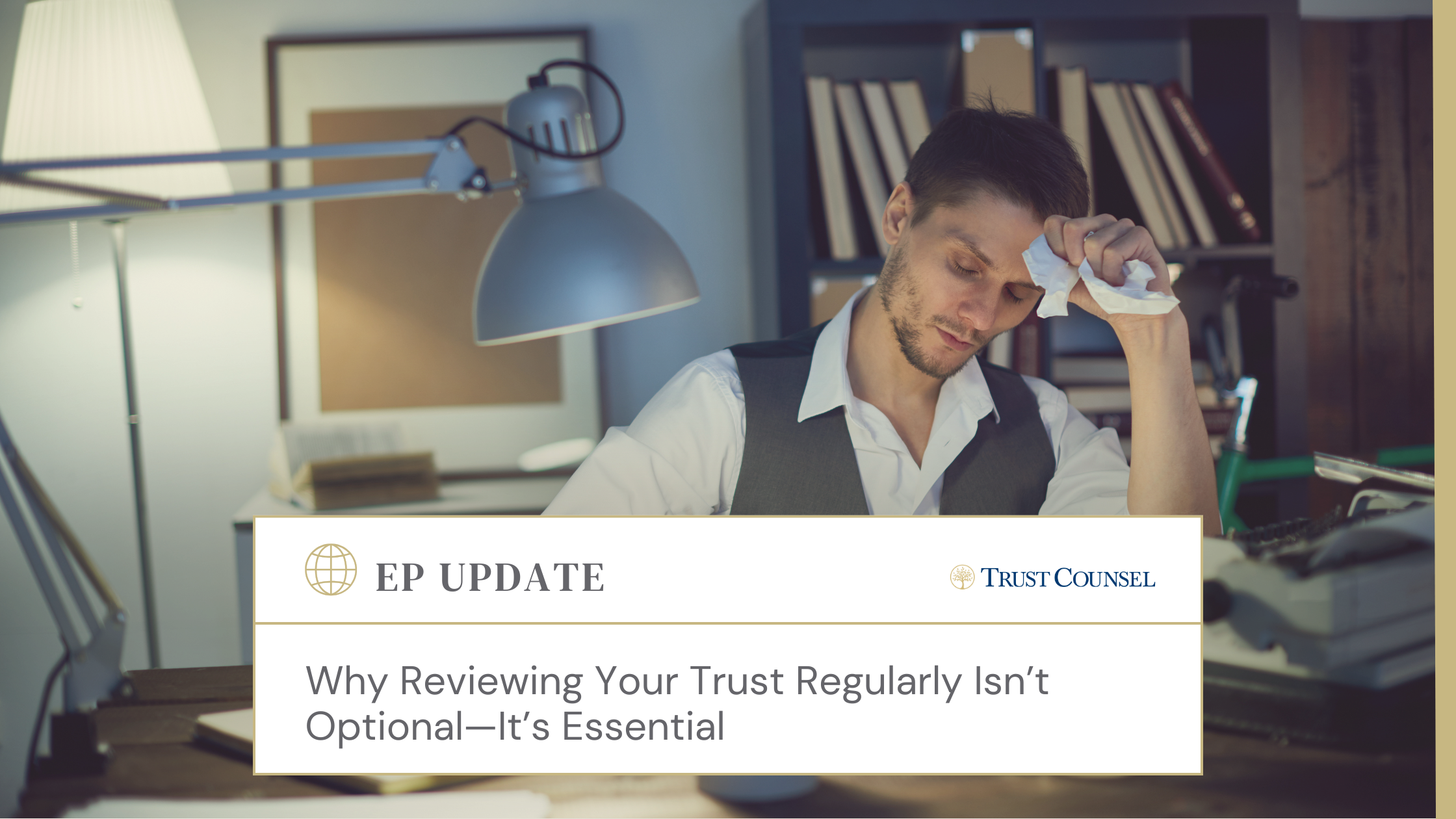 Investors nationwide have been on the fence waiting for clarity regarding Opportunity Zones (O-Zone). The long-awaited o-zone second set of regulations were released on April 17, 2019, having investors, real estate developers and communities excited. But what are the key features of these new set of regulations?
Investors nationwide have been on the fence waiting for clarity regarding Opportunity Zones (O-Zone). The long-awaited o-zone second set of regulations were released on April 17, 2019, having investors, real estate developers and communities excited. But what are the key features of these new set of regulations?
Just to recap, OZs were created by federal tax legislation as part of the Tax Cuts and Jobs Act of 2017 to help bring investment capital into designated distressed communities. This legislation allows investors to defer tax on gains until December 31, 2016, to obtain a step-up in basis up to 15% of the deferred gain invested, and to eliminate the tax on new capital gains earned from the investments held for at least 10 years in a Qualified Opportunity Fund (QOZ Fund). However, the legislation was, as tax law can be, not so easy to understand. The first round of guidance came out in October of 2018, but it was lacking in the details. This second round of guidance clarified important aspects of the law, such as the sourcing of income for purposes of the 50% of gross income test applicable to a Qualified Opportunity Zone Business (QOZ Business), the treatment of newly contributed property, reinvestment of sale proceeds by QOZ Funds, purchase of an interest in QOZ Funds, valuation of leased properties, relevant definitions, etc.
As mentioned, a necessary clarification provided by this regulation is the sourcing of gross income for purposes of the 50% of gross income test. In general, the QO Fund must hold investments in an active trade or business. That is, if the fund invests in stocks of a corporation, holds an interest in a partnership, or owns tangible business property, the underlying investment must be a QOZ Business. A QOZ Business is a trade or business in which substantially all of the tangible property owned and leased is QOZ Business property, and at least 50% of the QOZ Business gross income is derived from the active conduct of the business.
The new guidance makes it easier for businesses to qualify as an QOZ Business by providing four different 50% tests: (1) By using the total number of hours worked by its contractors and employees; the number of hours worked by those within the OZ must be at least 50% of the total number of all hours worked; (2) it can use its assets; if the tangible property and staff located and working within the OZ are necessary for the business to earn at least 50% of its gross income; (3) by using the dollar amount spent on labor and services, if the amount paid to employees and contractors within the OZ is at least 50% of the total amount the business paid for services; or (4) the business can describe its unique circumstances to the IRS to show that it qualifies under the “facts and circumstances” test.
As noted, QOZ Business property is defined as tangible property used in a trade or business of the QO Fund if some conditions are met, including that during substantially all of the QO Fund’s holding period for such property, substantially all of the use of such property was in a qualified opportunity zone.” The regulation clarifies that for purposes of the holding period, substantially all means 90% and that for purposes of the use, it means 70%.
Another aspect of the new guidance addresses the contribution of property—other than cash—to an OZ Fund in a tax-free transaction (e.g., a tax-free contribution to a partnership). The new regulation indicates that such contribution can constitute a qualifying investment to the extent of the tax basis of the contributed property or, if lower, its fair market value. Further, if an OZ Fund disposes of OZ property, the proceeds from such disposition will, themselves, be treated as OZ property for 12 months, provided the proceeds are continuously held as cash, cash equivalents, or debt instruments with a term not exceeding 18 months.
But there is more to come. Even though the new regulations offered additional guidance, many investors are still reluctant to engage in these investments because of the absence of final regulations. The Treasury is still awaiting to receive comments to hold a public hearing on the topics addressed by the new guidance before moving to finalize these regulations.





